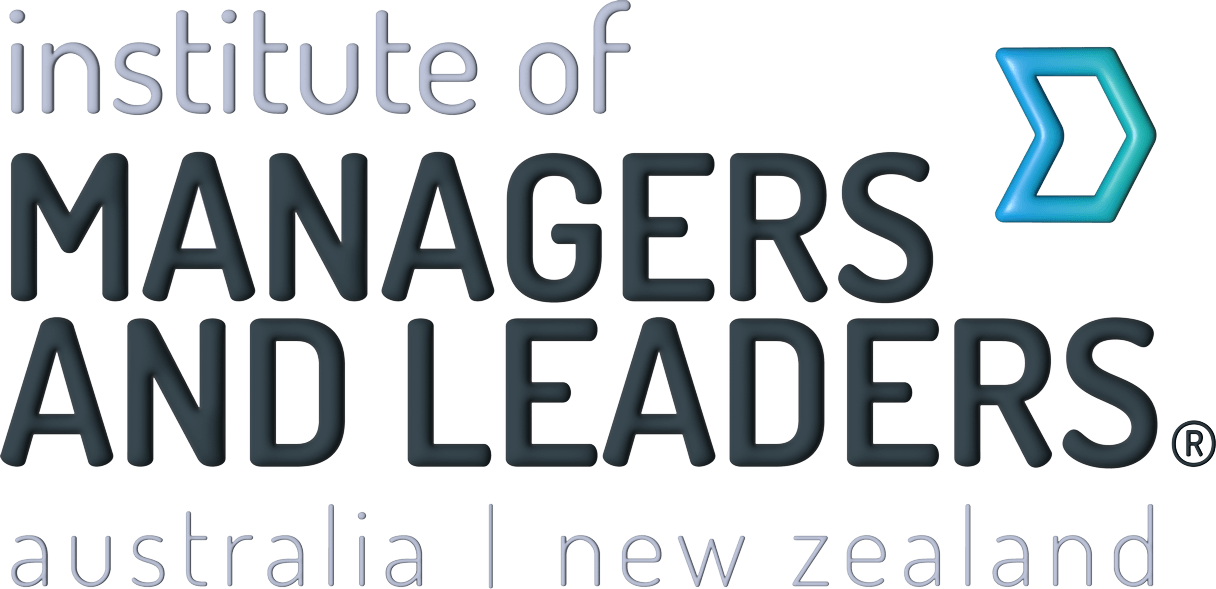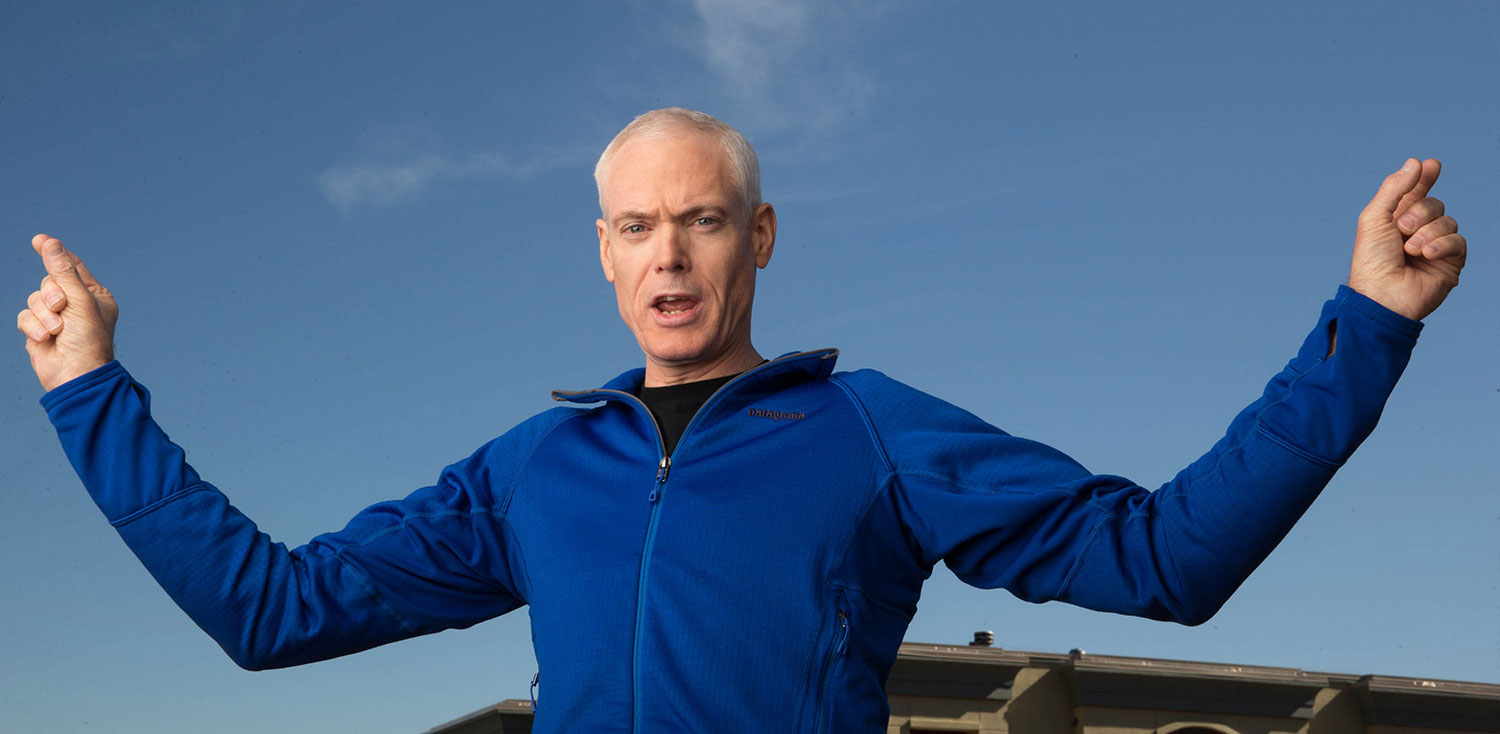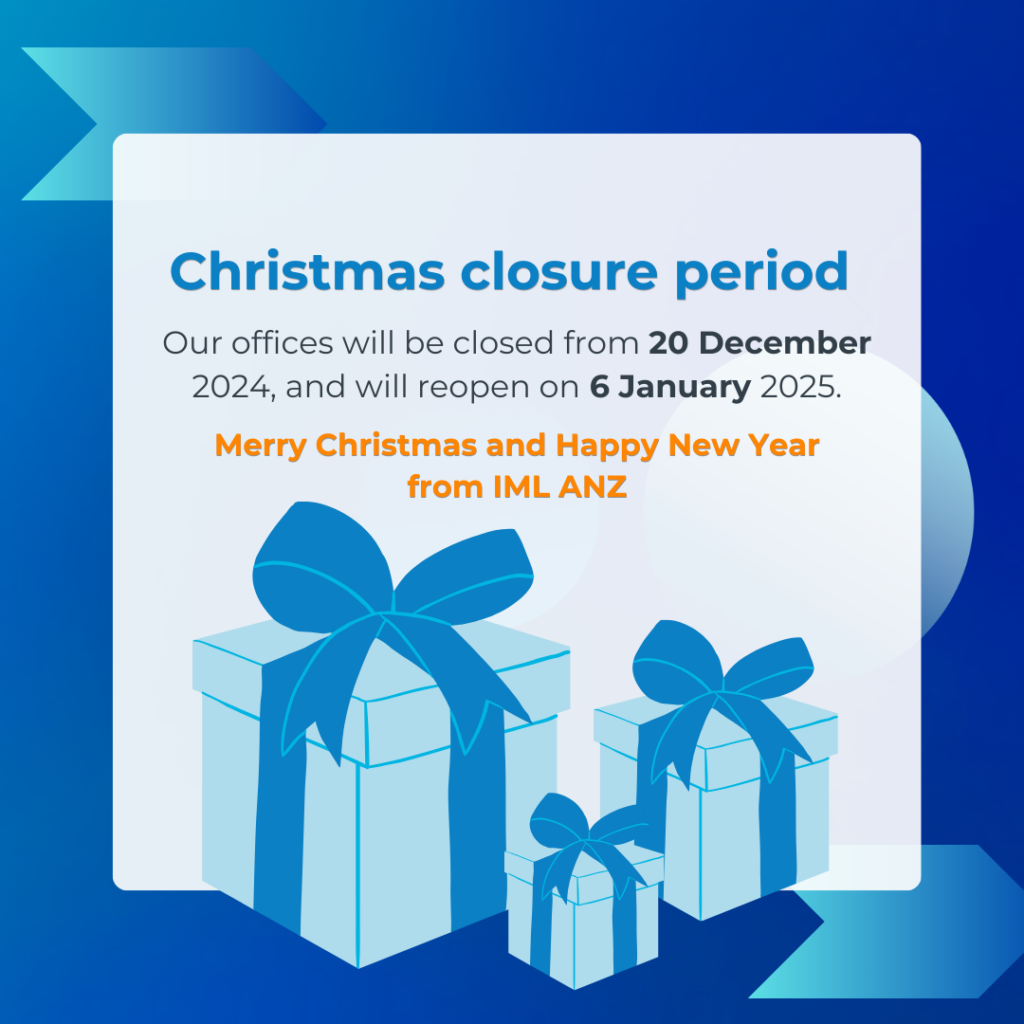Welcome to the age of buy-in. Any company serious about keeping pace with a market that’s evolving faster than ever must create an environment where ideas can truly thrive. They must let go of slow and cumbersome models of leadership born in the industrial age. Managers must loosen the reins and ask people to think for themselves, generate ideas and find ways of bringing them to life, without waiting for someone higher up to tell them what to do.
This means exiting the world of leading by decree (top-down managing) and entering the world of ‘win me’ (using a collaborative approach), where people collaborate across teams and influence without authority.
Aside from its strategic importance, the emphasis on generating buy-in is something employees expect. Companies are asking more than ever of their people: more of their creative genius, more hours, more ownership, more initiative, more flexibility, more tolerance of ambiguity, change and chaos. In return, employees in this creative economy need and expect more – and that doesn’t just mean money. It means more autonomy and more freedom.
People who give more expect to have a voice. They expect to be heard and to be able to shape decisions about their work. They expect leaders to earn their support, not take it as a given. We want to work in organisations that match our own values; we want to be part of, and to initiate, company projects and initiatives.
We’re seeing a generation of people who are making decisions about where to work based on how their personal values map to company values.
David Noël, who heads internal communications at audio sharing service SoundCloud, sums it up perfectly: “We’re seeing a generation of people who are making decisions about where to work based on how their personal values map to company values. Today, more than twice as many employees are motivated by work passion than career ambition.”
It’s one thing to talk about the importance of getting people’s buy-in; it’s another to achieve it. In my own work, I regularly come across managers who are struggling to let go and give their team members the space to experiment, create and even (gasp!) fail. Often, these practices are at odds with the diet of management on which they themselves have been raised. It makes them feel uncomfortable. It seems chaotic and risky. At the same time, managers still need to manage, so how do they do that without managing by decree?
Some teams also struggle to embrace the degree of autonomy and entrepreneurship that is offered to them. Suddenly faced with a multitude of people they need to work with, and without a clear instruction manual from management, their mindset and skills are put to the test.
This is where teams and organisations can easily fall over: by failing to create a culture where people are able to influence and lead others, even when they’re not in a position of authority, and by failing to equip them with the skills to do so.
Well, there’s a new kind of power in town. It’s the power that comes to those who are able to cut through all of these challenges by engaging others and building buy-in. This is a skill that comes more naturally to some than others, but the good news is: it can be learned.
The gentle art of buy-in
To master the gentle art of buy-in you need a blend of the right skills, attributes and mindset. I use the term ‘gentle art’ because it requires patience, empathy and careful thinking. You need to know when to yield control in order to maintain it. You need a healthy dose of emotional intelligence. You need to be willing to go slow in order to go fast.
But even the best ideas in the world can languish in the hands of someone who doesn’t know how to engage and influence others – or worse, someone who simply puts people off.
Equally, buy-in shouldn’t equate to paralysis. Many of us have worked in a team or a company where there was so much consultation and committee-style decision-making that nothing ever happened. If that’s the case, your relationship with the idea of building buy-in might be a tad strained.
You need to know when buy-in is a function of gentle persuasion and dialogue, and when it’s a function of getting your train moving and asking others to jump on board.
The culture you’ve grown up in has a big part to play in whether you relate more to the ‘decree’ or ‘win me’ approach. For example, certain countries operate to a very formal, hierarchical norm, while others have a far more informal, egalitarian norm. Cultural norms can also come from your family upbringing, or your previous workplaces. All will shape your assumptions about the roles of authority and autonomy in the workplace.




 Jane Caro is an advocate of inclusion.
Jane Caro is an advocate of inclusion.









